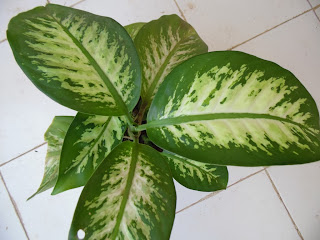Celosia plants are
identified by unusual silky flower appearance and color. Some species blooms are velvety crested type
similar to cockscombs and others shaped like plumes or spikes. This is the reason Celosias commonly called
as wooflowers or cockscombs. Height
ranges from 6 – 36 inches. Flowers are
available in red, pink, orange, purple, yellow
and white. Generally blooms in mid-
summer to mid fall. Since Celosia flower head is consists of many small
flowers, they produce a large number of small seeds which keep sprouting in
container itself and sometimes take over the nearby containers too. Grow this
annual at your home gardens to add color and make it to look silky.
Propagation
 Celosias are grown from seeds. Collect the seeds from existing
plant and sow them in warmer season. It will take around 10 -14 days to
germinate. Thin out the sprouts to keep minimum distance of 8 inches.
Celosias are grown from seeds. Collect the seeds from existing
plant and sow them in warmer season. It will take around 10 -14 days to
germinate. Thin out the sprouts to keep minimum distance of 8 inches.
Container
Use small to medium sized container. Put pieces of small
rocks or bricks on drainage holes of container. This will facilitate smooth
drainage of water out of the container.
Keep the container in the place where it can get good amount of
sunlight.
Soil
Celosia can grow in nutrient deficient soil too but soil
enriched with organic matter will result in good blooming. Use sandy loam soil mixed with organic
matter. Add leaf mold, peat, cow manure
and compost to enrich the soil.
Sun
/Temperature
Celosia is warm and humidity loving annual. It thrives in
full sun. It require minimum of 8 hrs of
direct sunlight.
Watering
Celosia thrives in humid condition. Keep the container soil /
potting mix moist, do not let it dry. Mist it alternate days to maintain
humidity around it. Avoid water logging the soil as it will induce root rot.
Fertilizer
Fertilizer is not required for Celosia as such. Soil enriched
with organic matter is enough. However
if you want then use slow release granular fertilizer or liquid fertilizer
diluted in water once a month.
Caring
Tie the flower heads on stakes to keep them from falling over
as flower head becomes heavy comparatively to stem.



